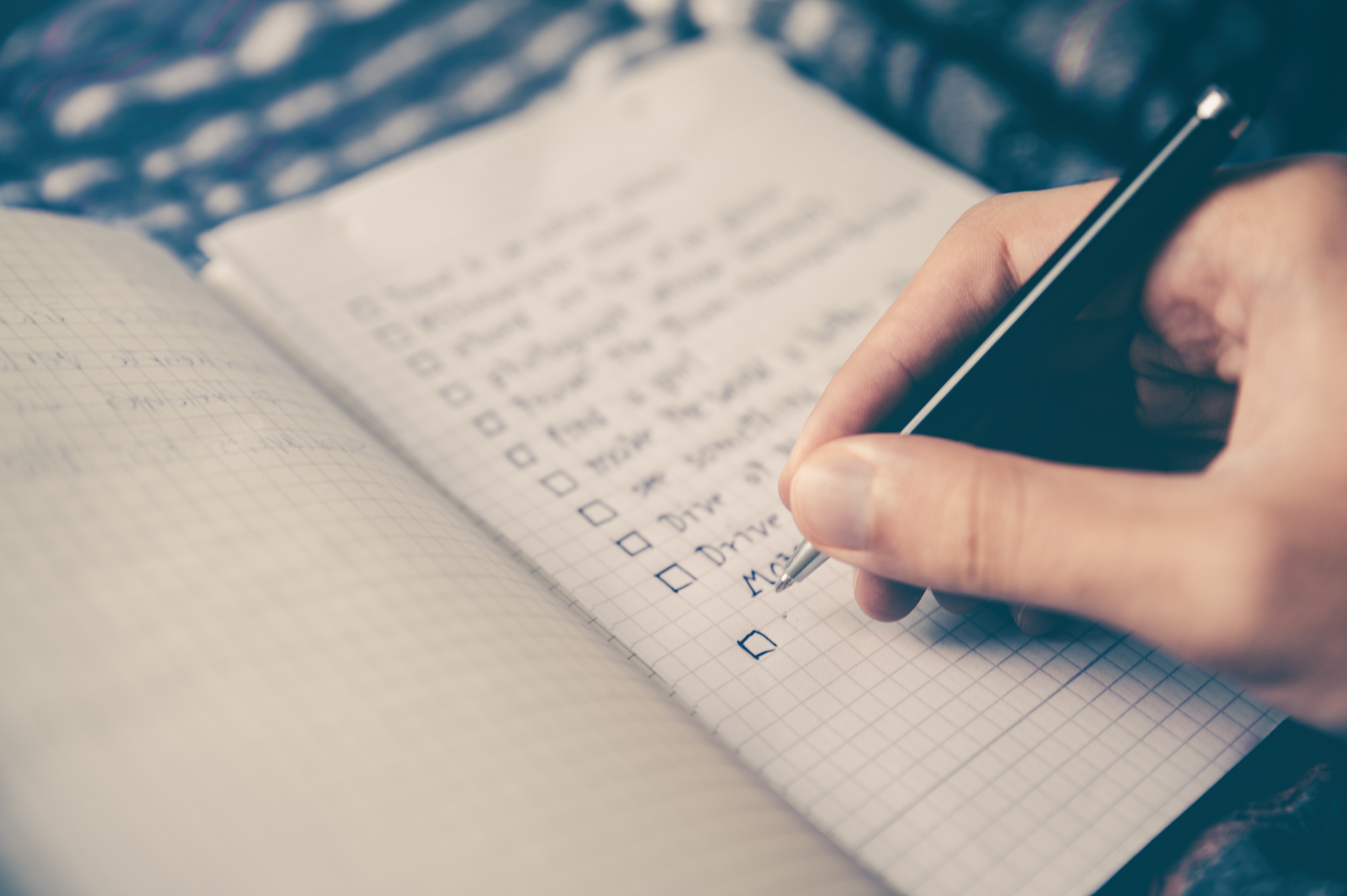You have a great idea for a story to pitch a reporter. You decide to call or email the reporter with your idea. He or she responds with interest. Good news, right? But, have you thought through what the reporter may request in addition to your pitch?
Having a strong pitch is, of course, vital to your PR effort. The trouble is, no matter how great the idea is, if you aren’t prepared to provide the elements to back up your story, it may never see the light of the day.
Reporters who do a thorough job will always look deeper and want more than your side of the story. This validates what you’re saying. Because part of PR is to make things as easy as possible for them, before you ever hit send on your pitch, you’ll want to be prepared with information to back up your story.
With that in mind, here’s a helpful guide for what you need to have ready when you contact a reporter:
- Third-party references: Reporters will often want to speak with a third party who can talk about the benefits of using your product or service. It’s good to be prepared with a customer reference or perhaps a partner or other outside influencer (or two—or three!) who can speak about your business and what you provide.
Of course, you’ll want to choose a reference who has positive things to say. If you need to convince the reference to speak to a reporter, remind him or her that it’s potentially good PR for their business, as well.
- Visuals: Visual elements such as photos and videos are becoming increasingly important in all types of media today. They help bring the story to life and draw more readers in. Here are some eye-opening statistics[i]:
- Blog posts with images get 94% more views
- Readers connect with images in just 13 milliseconds (or less)
- Our brains process images 60,000 times faster than text
Based on those numbers, it’s important to think through what visuals you can offer. Another point to consider is that some media outlets don’t have the budget to send a photographer out to take photos for every story they publish, so they may ask you to provide some.
And, you can think beyond photos or videos. Infographics can be another element to offer. Logos and executive photos should also be part of your arsenal. All images should be high resolution, 300 dpi or higher.
If you like, you can post these on your site in your “News” or “Press” area. This makes it even easier for reporters to grab them when needed. If you like, include captions for your visuals.
- Data/statistics: Reporters love a good survey or study. If you don’t have the budget to do your research, it’s perfectly acceptable to cite someone else’s. For example, if you have a bedding product but no research of your own to cite, check out the National Sleep Foundation’s latest study to see if there are statistics you can include. Just be sure to give credit where credit is due by including an end note or link to the research.
- Background materials: If you have a company overview, fact sheet or executive bios, always make those available, as well. The journalist can refer to them if he or she has a basic question. Remember that it’s better to be prepared and not need something than to be asked and keep a reporter waiting while you spend time putting it together.
One additional note: What about a press release? While you can offer one to a reporter if you have it, you don’t absolutely have to have a press release to pitch a story idea.
Once you have all of this, you can include it in an online press area. Be sure to keep it updated.
These are the basics to have at your fingertips anytime you reach out to a journalist. The materials you provide may change, depending on the story you pitch. It’s always a good idea to think through this each time you pitch a story idea so you can be prepared to follow through if you get a “yes.”
Looking for more writing and PR tips? Sign up for my free monthly newsletter by clicking here.
[i] https://www.jeffbullas.com/2016/03/17/9-eye-popping-visuals-attract-social-shares/


